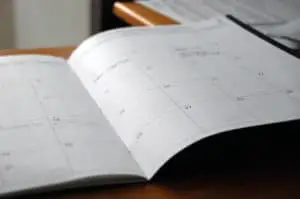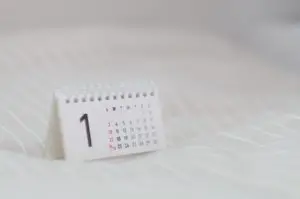If you’re been interested in day trading stocks you may have heard the term Pattern Day Trading rule or PDT rule.
Stocks are perhaps the most popular market with day traders for various reasons. However the major drawback for day trading stocks is the PDT rule.
For those looking for a work around to avoid the PDT rule a common question is does the PDT rule apply to futures trading?
The good news is NO, the PDT rule or Pattern Day Trading rule does not apply to day trading futures. It only applies to day trading stocks and options. In futures and forex traders can open and close as many trades as they like within a single days trading without restriction subject to margin requirements.
No PDT rule makes day trading futures a great option for traders with limited starting capital. There are however several other considerations when looking to trade futures. I will cover these below.
First a little background into the pattern Day Trading rule:
What is a Pattern Day Trader
A Pattern Day Trader is considered to be any trader who trades 4 or more times in any five business day period and who’s ‘day trading’ activity – That is opening and closing the same trade within a single days trading. Is greater than six percent of their total trading activity in the same five business day period.
What is the PDT rule?
The PDT rule or Pattern Day Trading rule is a trading rule imposed by FINRA, a government authorized not-for-profit organisation that overseas US broker-dealers.
FINRA’s role is to ‘Protect investors and safeguard market integrity in a manner that facilitates vibrant capital markets.’
The PDT rule states that any Pattern Day Trader – that is a trader who trades equities and options more than four times in any five business day period and their day trading activity is greater than six percent of the total trading activity in the same period must have a minimum account equity of USD $25,000 or more.
This USD $25,000 minimum can be met with a combination of cash and eligible securities.
If a traders account drops below the USD $25,000 minimum they can’t trade until the account balance has been restored to the USD $25,000 minimum.
A broker-dealer may also choose to impose additional rules and restrictions over and above these minimums defined by FINRA.
Reference: https://www.sec.gov/files/daytrading.pdf
What is the purpose of the PDT rule?
The minimum account requirement for equities trading was introduced by FINRA with consultation with a number of brokerage firms – since they are the lender of credit. During this consultation the majority of broker dealer firms agreed they wanted a minimum of USD $ 25,000 cushion in each account that day trading was to occur.
These funds are required to support the perceived additional risks of intra-day trading activities. They provide a ‘cushion’ for broker dealers to manage these risks.
Why does the PDT rule not apply to futures trading?
Futures trading has its own specific rules that apply to futures traders and intra-day traders.
These rules are defined and imposed by individual brokers:
- Specific brokers will define there own minimum account balances. These minimums are often far less than USD $25,000 required in equities. With the introduction of micro contracts, in some cases these amount minimums can be as little as USD $100.
- Futures brokers require a ‘Margin’ per contract traded. This amount depends primarily of the volatility of the instrument being traded and the brokerage firm. It can range in from USD $25 for micro contracts upwards of thousands of dollars for full size contracts. Check out my post ‘Best brokers for futures trading‘ For a full list of ‘Margin’ amounts.
- If you do choose to hold trades overnight or past the daily close exchanges require an ‘Overnight Margin’ or a ‘Maintenance Margin’ to be held in accounts. These are significantly higher again than the ‘Margin’ amount. Check out my post ‘Best brokers for futures trading‘ For a full list of ‘Margin’ amounts.
How much money do you need to start day trading futures?
The minimum requirements to start day trading futures will depend on the brokerage that you decide to use and the instrument you want to trade.
If you choose to trade micro futures its possible to trade with AMP Futures with USD $25 Margin for a single contract on the MES and an account minimum of USD $100.
How do I start trading futures?
If you think that trading futures is for you, then I’ve written a detailed step by step guide on ‘How to start day trading‘. This is an excellent resource for anyone looking to day trade equities, forex or futures.
In this post I outline the key decisions that need to be made when selecting which market to trade, how to get educated, selecting a trading platform. I explain how to open a brokerage account and much more.
Opening a demo account to get started
The best way to get started trading futures is to open a demo account with a brokerage and download a free trading platform.
I prefer AMP futures (Using Sierra Chart) or NinjaTrader. Both offer free demo accounts with free live data and trading platform.
If you’d like to start trading a demo brokerage account the following platform setup guides provide all the information you need to get started.
Both Sierra Chart and NinjaTrader 8 are excellent trading platforms for trading futures:



